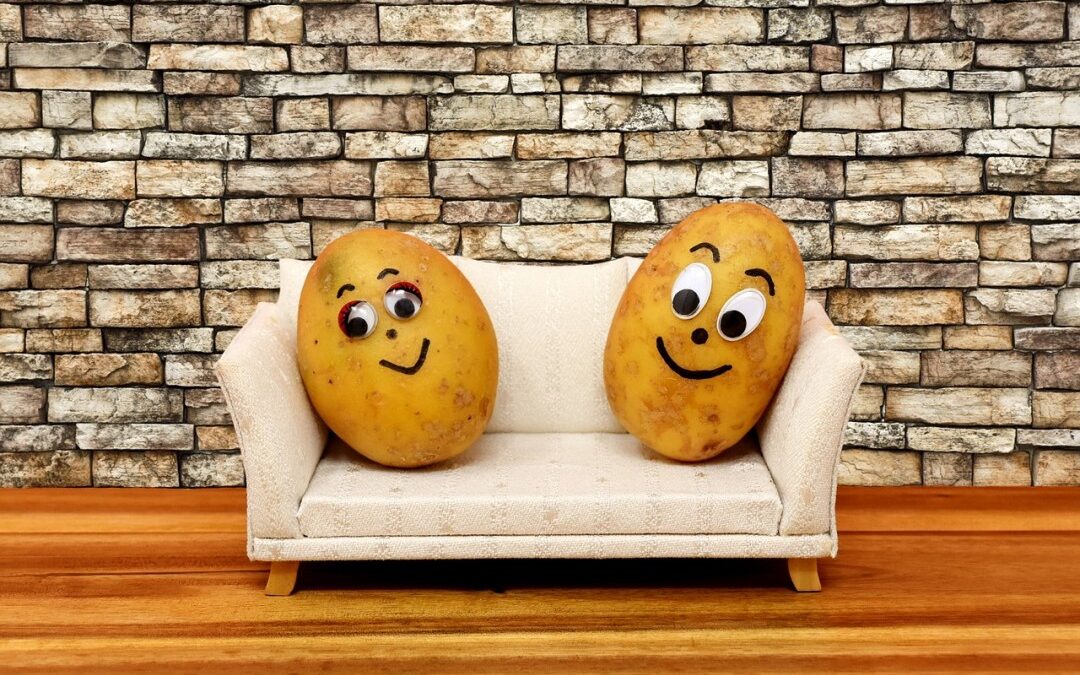Someone recently asked me how subscriptions have changed the way we consume entertainment content–movies, tv, music and even video games.
There has never been a better time to be a creative–a musician, actor, screen writer, sound engineer, or director.
There has never been a better time to be a couch potato either.
You might remember a time when we asked this question, most evenings after dinner.
“What’s on?”
Yes, for those of you who are a little younger, there was a time when we were limited to watching only the programs that were “on” when we were ready to relax and watch something. If nothing was on, and you had money in your pocket and some energy, you might have gone to a movie. Again, you were limited by what was “playing”.
And a little before that, was a time when kids like me would get up early Sunday morning to record Casey Kasem’s Top 40 Pop Hits.
Now my son and I listen to the top 10 songs of the week…in Spain or Canada or Thailand…on Spotify. For free. We live stream basketball games from anywhere in the world using LeaguePass. And of course, the streaming wars mean that in addition to Amazon Prime, Hulu, and Netflix there are dozens of new entrants providing niche content to suit nearly any taste.
How Media Content Has Changed
Technology has enabled two big changes:
1. How content is distributed
2. How content is sourced
Packaging and distributing of content used to be expensive and centralized. News required big printing facilities, news stands, and people on bikes to deliver papers to subscribers at the crack of dawn (for the morning edition) or at dusk (for the evening paper). Video was delivered through networks over the airwaves and regulated by governments.
And because these facilities were so expensive, and there were limited outlets for content, there was less to choose from. Most markets had only a couple of news sources, the same performers dominated the top 40 lists, and I could read the entire tv guide each week, carefully planning which shows I would watch with my precious hour a day of flexible tv (PBS was unlimited in our house, but I didn’t really watch much once I outgrew Zoom)
Today, if you happen to witness breaking news (a fire, a comment made by a politician, a Kardashian in the wild) you can record on your phone, and share with the world, virtually immediately and with no variable costs. Performers like Justin Bieber or Chance the Rapper can skyrocket to fame without a record deal. And teenagers can create movies at home with friends, using inexpensive equipment and software, then uploading it to social media platforms for the world to discover.
As a result of these changes, we don’t need to buy content in limited packages—i.e. we don’t have to buy all the songs on the record. Moreover, we don’t have to buy any song at all, because we can access them ALL with Spotify.
The power has shifted. Distributors and sources no longer have a monopoly on media. In addition to putting the power in the hands of individual content creators, it has created a musical chairs of power players. Content studios, electronics manufacturers, social networks and others are all racing to develop a playbook that puts them in the center of the media ecosystem.
In most cases, we are no longer buying content. We are subscribing, paying a monthly fee (or using a freemium, ad-based model to avoid those fees) to access not just the content, but features that remove all friction preventing us from being entertained 24/7. We can stream to our phones, but we can also download content to access without wifi or a data plan. And we can connect with big smart screens or watch on our laptops or ipads.
The music hasn’t stopped yet–we’re still in the midst of the chaos of rapid change. It remains to be seen who will win, but new players enter every day. It’s a challenging but exciting time to run a business in the world of music, news, video or gaming. And a great time to be a creative–or a consumer.



